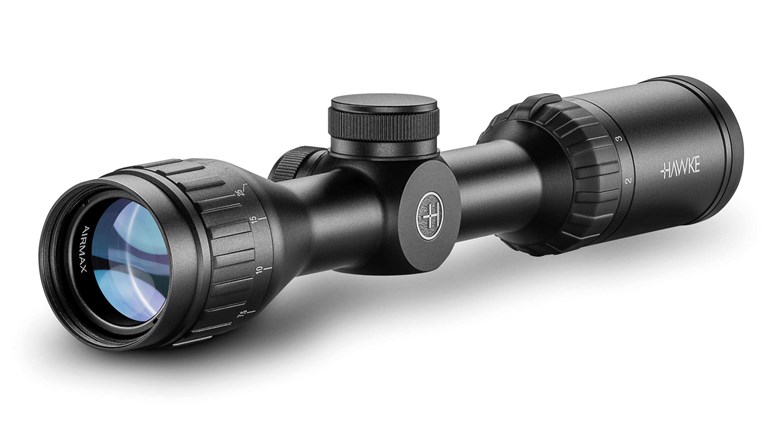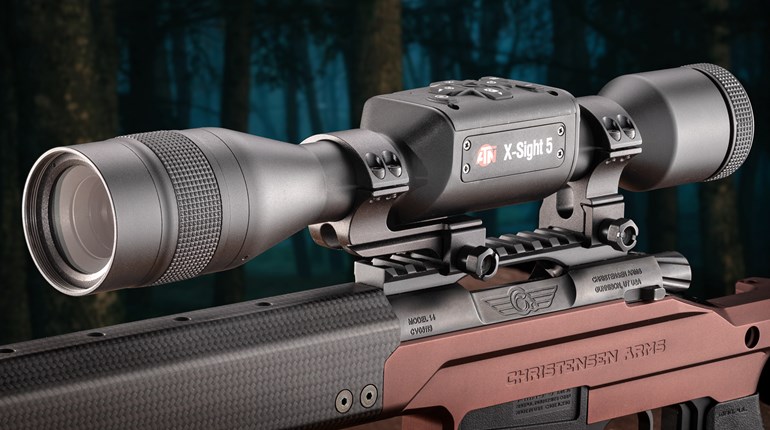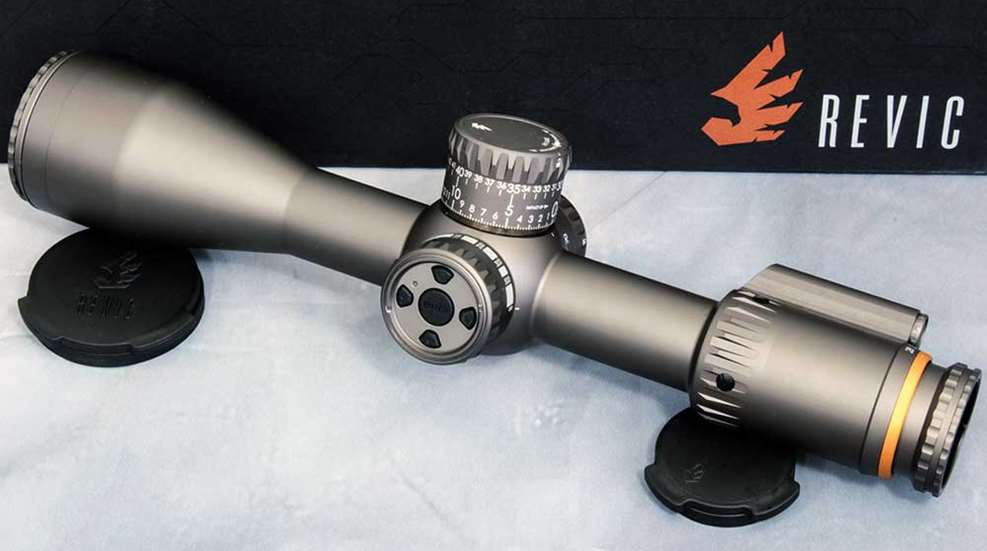
When it comes to long-range shooting, there is a set of challenges far greater than sight picture, breath control, hold control, trigger control and follow through. While the factors of basic marksmanship can be mastered relatively quickly, getting a feel for environmental factors takes far longer. Temperature, barometric pressure, elevation, incline and wind all play a major role in where your bullet is going to land at any given distance. It can take years, if not decades, of shooting to develop the skills and experience needed to accurately gauge these variables.
For years, industry innovators have tried to develop tools to sidestep this difficulty, with largely mediocre success. Coincidentally, this has always been the driving developmental force behind optics and ballistic software. First approaches were with bullet-drop compensation hash marks and turrets. Sure these work when properly calibrated, but if even one of the atmospheric elements change, a precision hit is out of the question. The problem we face during a long-range shooting session is that these conditions do indeed change, dare I say it…as the wind blows (sorry).
If you had your special-order BDC turrets made for summertime temperatures and then decide to go hunting in the winter, you are out of luck. A better fix is the use of ballistic software; however your morning 800-yard elevation adjustment will be different from your afternoon elevation adjustment once the ground and air have warmed up. So clearly a hybrid of the two would be the ideal solution. Enter the Revic Optics PMR 428 riflescope.
The Revic PMR is the company's premier 4.5-28X optic that combines an on-board ballistics computer with internal sensors to deliver a fast and simple fire solution, all in real time with constant corrections as your environment changes.
We found the Revic back in 2018 at the Great American Outdoors Show close to a year after the company launched. Our first impression certainly piqued our interest, so we sat back and let the company's design team refine their creation a bit. About a year later, Gunwerks acquired the company, and it was as if the pop-up timer in the turkey went off. When a company like Gunwerks makes a move, it is always well-thought-out and calculated, and that made us take notice.
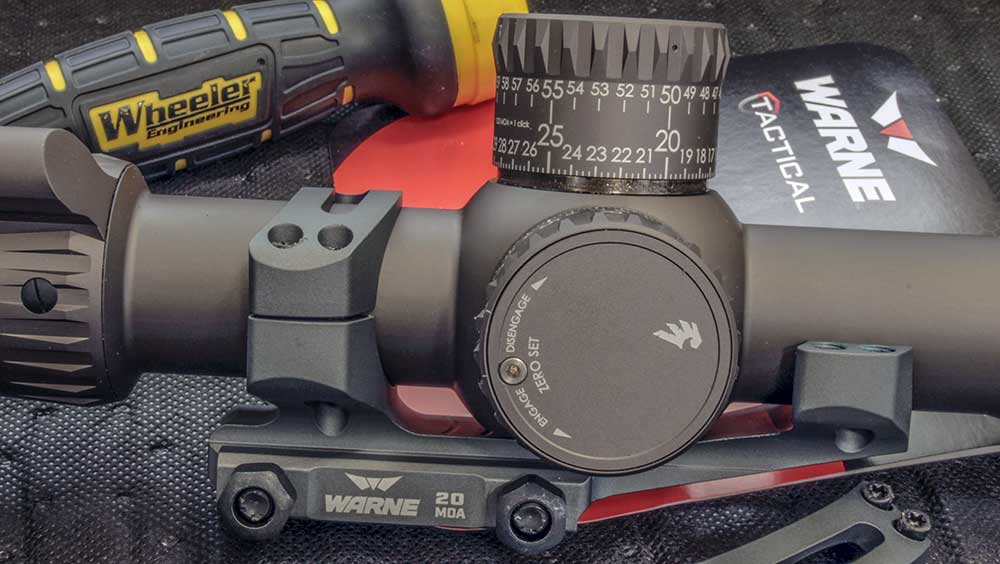
This acquisition now REALLY made us want to try it, so we reached out to the company to see if the optic was ready to roll. Jay Duncan, marketing director for the Wyoming-based Gunwerks, was more than gracious enough to not only talk to us about the optic, but also provide us with a loaner. He told us a little about what to expect and explained that, while Revic Optics was a new company, the $2,850 MSRP isn’t getting you a purely experimental scope, as the company had been building on the previous work of another industry innovator. Jay explained:
"The Revic PMR is built off a similar high-quality optical platform as some very well-known and respected manufacturers. The Revic team has made slight modifications to that optical platform to suit our purposes for providing our users a digital shooting solution, quickly and easily."
This, of course, was exactly what I wanted to hear. As many designs similar to this aren’t exactly new, their one commonality is that they are based off an entirely conceptual optic that hasn’t exactly been field tested. Variables are bad, period. An electronic optic failure that leaves you wondering if it’s a software problem or a mechanical problem can make for a nightmare. Building off of a time-tested, quality scope is a great starting point.
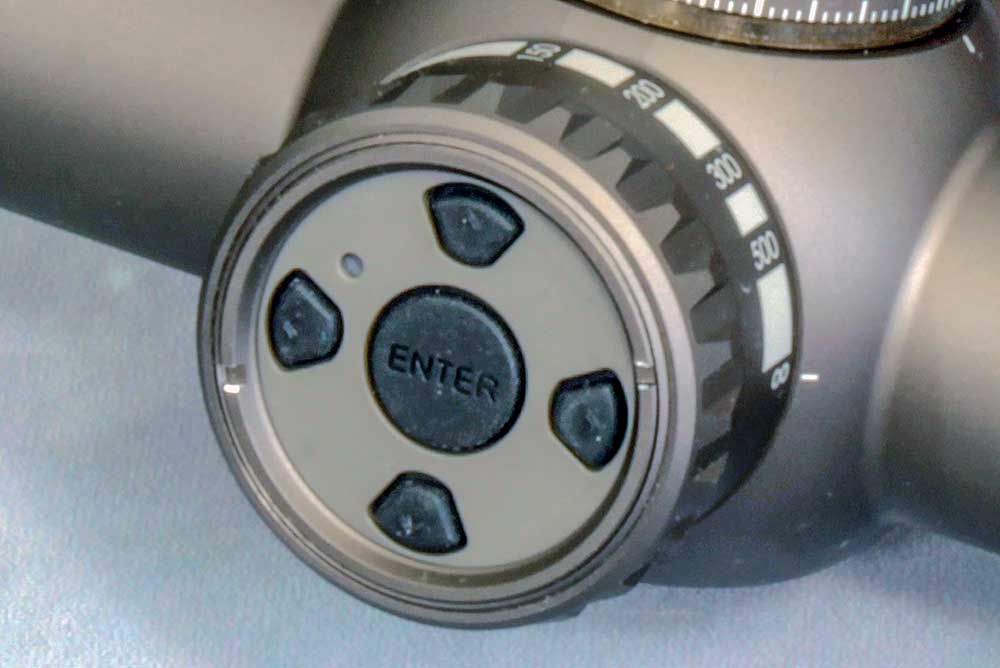
Once we obtained our sample, we quickly mounted it up onto a Warne XSKEL 20-MOA base, since the Revic PMR 428's 34 mm tube lent us to conventional mounting systems. With 85 MOA of adjustment built into the scope, the extra 20 MOA was probably unnecessary, but why not have it?. We used a Wheeler Engineering FAT Wrench to set our torque as well as the Revic’s internal anti-canting system to ensure that the scope wasn’t tilted when we snugged the screws down, giving me one of the most trouble-free installs I’ve ever had.
The rifle we chose for testing was a custom-built Savage Arms 6.5 Creedmoor with a 30-inch McGowen Precision barrel belonging to (and largely built by) my friend and Long Range Precision Competitive Shooter, Jeremy Knepp. Jeremy is no stranger to target engagements past 900 yards, as he competes beyond that distance monthly with this very rifle. The targets are generally sub-MOA, and this build with its accompanying round are more than capable of consistently getting good hits.
On the range, we were able to set up the scope software in just a few minutes. Getting your Revic Optics PMR 428 ready to rock is as simple as downloading the app, entering your rifle and round details and then syncing the info over via the scope's built-in WiFi. The info is synced in a matter of seconds. One thing to note: we realized that your phone didn’t need to stay connected to the Revic PMR 428 only at the END of our session, after we got aggravated that it kept losing connection when we walked away. Of course, we could only laugh at ourselves.
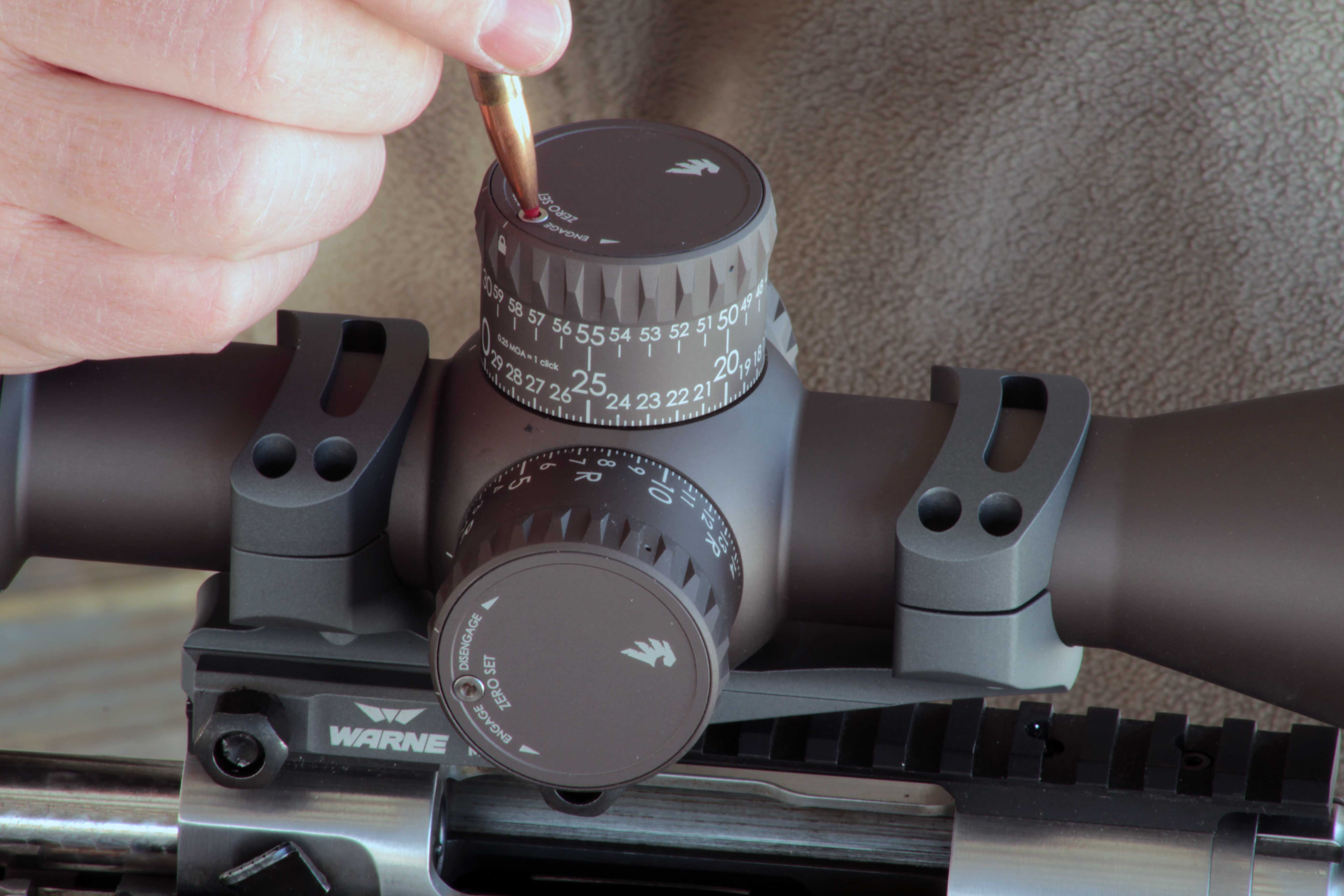
Once our profile was in the Revic PMR 428's ballistic computer, we zeroed at 200 yards, as suggested. After centering up on the target, you simple use a bullet to release the turret cap from the internals, allowing you to reset it to zero. Once you are all set up, all that’s left to do is put your crosshairs on your target and twist the elevation knob until you see your targets distance in the Heads Up Display (HUD). As temperature and other environmental aspects change this will require more or less adjustment, just like using a separate ballistics calculator and dialing it in yourself. This simplicity is what I feel sets it apart from other electronic optics. The Revic works like any other scope, in that you dial elevation and windage in a traditional manner. This allows you to make small adjustments if you feel necessary, as well as still have a working scope, should your batteries die in the field.
The long-anticipated first shot with the Revic PMR 428 was here. We placed our crosshairs on a tiny 6-inch gong from Owl Creek Fabricators, cranked the knob until it said 600 yards and sent a round.
"HIT!" I called out as Jeremy hit the first target in his life without ever looking at a windage or elevation turret.
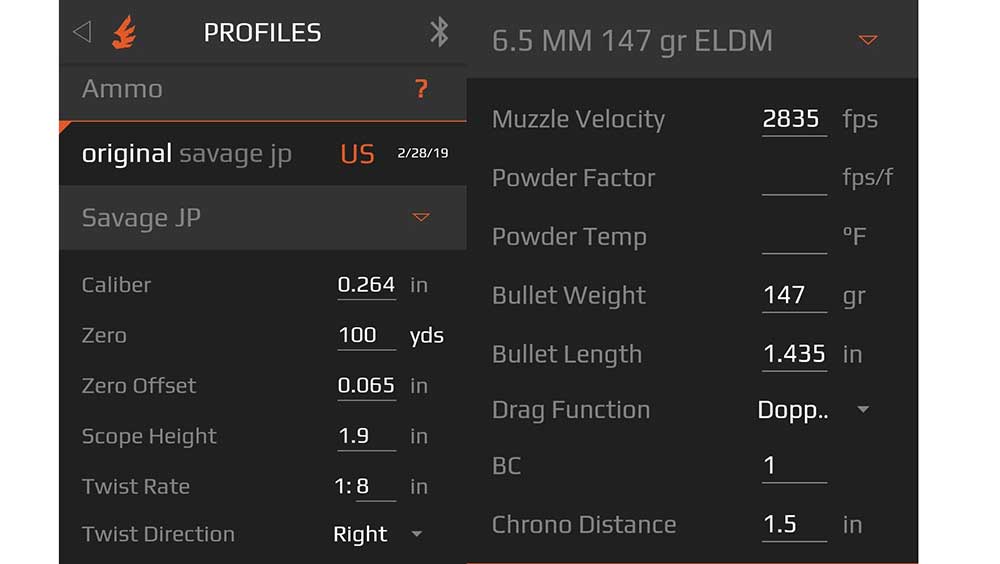
Elated at not only how easy it was to use, I couldn’t help but appreciate how fast it was as well. At once, a vision of popping woodchucks at various distances, one after the other, entered my head.
We decided to keep it going and set our sights at the 20-inch gong at 1,000 yards. Here we used the on-board wind-correction function and scrolled through the menu to put in our wind speed and direction. It spit out a correction of 1.5 MOA, which is really only our gyroscopic drift at that distance, and we quickly turned our windage turret, centered our reticle and again connected on the first round.
It was truly amazing how well it worked. Later, when I got on the rifle, I spent some time watching the distance in the HUD change in real time as I pointed the gun up or down hill, as this will change the required correction. We also noticed that as the ambient temperature climbed, this changed the correction as well, again in real time.
Walking away from the range, we were more than happy with the Revic PMR 428, and although pricey, it certainly is within reason when comparing it to high-end optics, especially when you factor in what it does for you. We found the glass to be clear throughout the entire magnification range and liked that reticle colors included more than just red and green, which is great if you are colorblind.
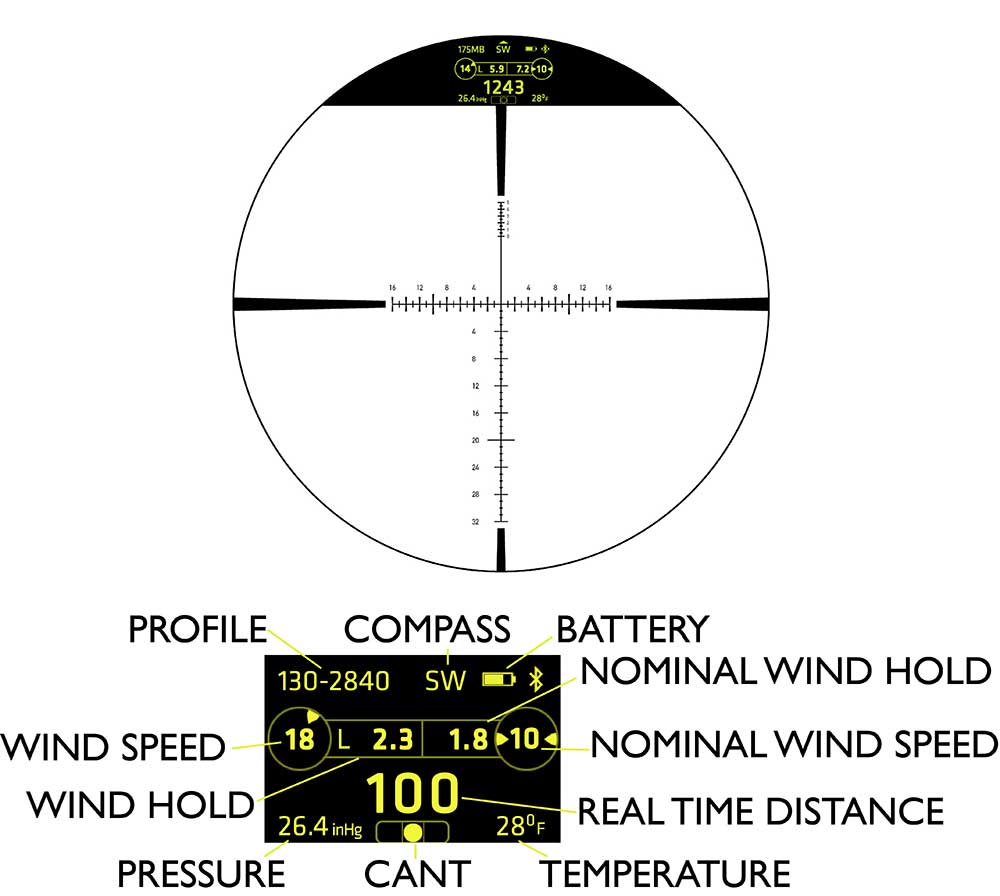
The generous 30 MOA per rotation was very nice as well and made it easy to keep track of where we were when just operating the scope manually. Our only con was the weight, which while advantageous on a bench gun, becomes a hindrance for the PRS shooter. One other nitpicky thing I noticed is that it took a lot of force to depress the button to reset the turret, but that will also play a large part in keeping it in place under heavy recoil. Half-MOA marks in the reticle would be nice as well, as the scope and its typical host firearm are capable of capitalizing on that level of precision.
Overall, the Revic Optics PMR 428 is certainly an optic worth considering, whether you are going on an important hunt where that first-round hit is critical or just want to spend more time shooting and less time doing math at a rifle range.













